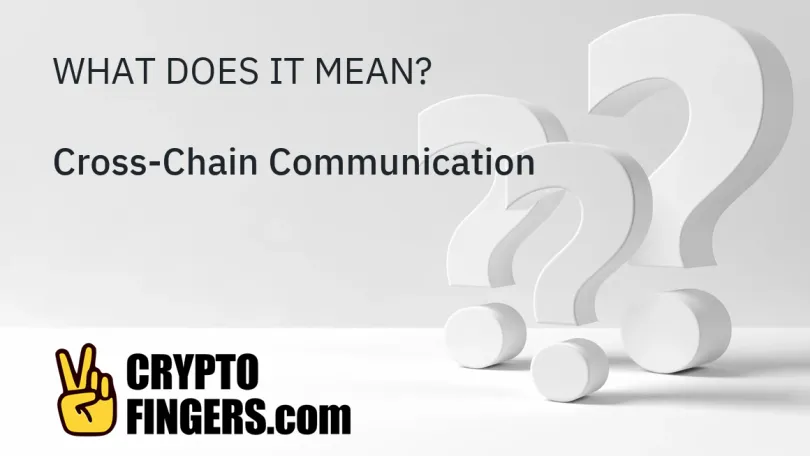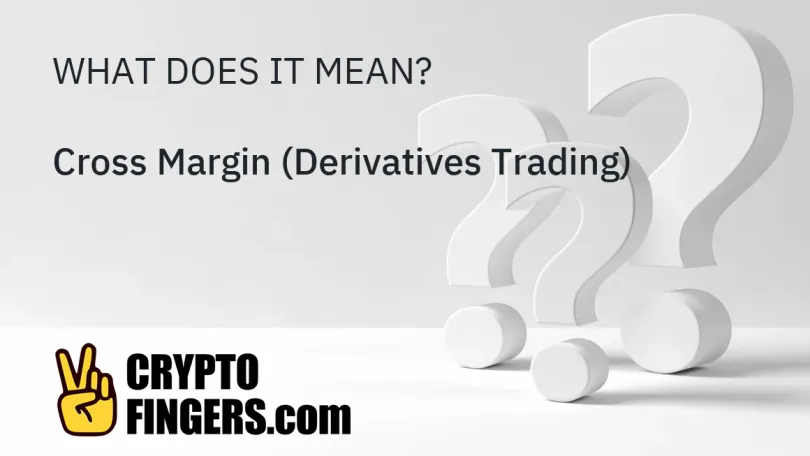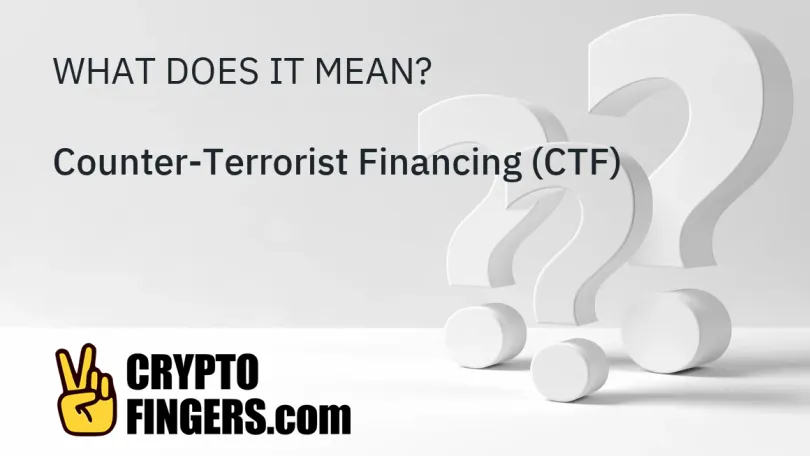⁝⁝⁝
Blockchain & Crypto Glossary
Cross-chain communication is a process that allows for communication between different blockchain networks by enabling mutual interaction and value exchange — for example, in the form..
Cross margin, or spread margin, is a form of margin trading that uses the full amount of a user's available account balance to avoid liquidations. By using cross-margin trading, any realized..
Cronos (CRO) is the foundational coin that drives Crypto.com's ecosystem of payment, trading, and financial services. The CRO coin is utilized for on-chain transaction settlement, and..
Credit risk refers to the loss potential of a borrower failing to repay a loan. In a fixed-income investment agreement, interest payments are meant as an incentive for an investor to assume..
A credit rating is an analysis of the credit risks associated with a financial entity. A credit rating may be assigned to any entity that seeks to borrow money — a corporation, individual..
In a corporate bond, a coupon (or coupon payment) is the dollar amount of interest paid to an investor. It is calculated by multiplying the interest rate of the bond by its face value.
Counterparty risk refers to the possibility that a party involved in a transaction will fail to meet their obligations. Various measures can be put in place to mitigate counterparty risk..
Counterparty is a protocol that is designed to allow the issuance of tokens on the Bitcoin blockchain.
An aspect of broader Anti-Money-Laundering (AML) protocols and initiatives, Counter-Terrorist Financing (CTF) standards are designed to prevent the flow of funds to terrorist networks..
A Council Node is the most powerful and important node type within the Crypto.com blockchain system. They are responsible for maintaining network consensus and governance of the platform..
⁝⁝⁝
Trending news
- Artificial Intelligence (AI)
- Altcoins
- Bitcoin
- DeFi
- Ethereum
- Economy
- Market and Events
- Metaverse
- Mining
- NFT
- Regulation
- Web3
- show less
⁝⁝⁝ Test your knowledge



























